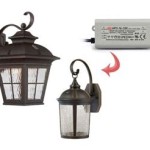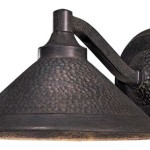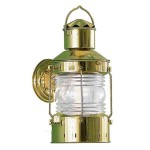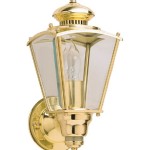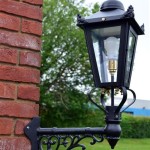Best Light For Photography Outdoors
Outdoor photography offers a plethora of stunning subjects and environments to capture, but the quality of light plays a crucial role in determining the success of your photographs. Understanding the different types of light available outdoors and their impact on your images is essential for achieving the desired aesthetic and capturing the beauty of your surroundings. This article will delve into the best light for photography outdoors, explaining its characteristics and highlighting its benefits for various situations.
Golden Hour
The golden hour, occurring shortly after sunrise and before sunset, is widely considered the best time for outdoor photography. During this period, the sun is low in the sky, casting long shadows and creating a warm, golden glow. This soft, diffused light is ideal for portraits, landscapes, and architectural photography, as it creates a flattering and romantic ambiance.
The golden hour's soft light reduces harsh shadows and highlights, resulting in a more balanced exposure. This is particularly beneficial for portraits, as it helps to minimize wrinkles and imperfections, creating a softer, more flattering look. Landscapes also benefit from the warm hues and long shadows cast by the golden hour light, adding depth and dimension to your compositions. The warm tones can enhance colors and textures, creating a sense of tranquility and beauty.
Blue Hour
The blue hour, occurring shortly before sunrise and after sunset, is another magical time of day for photography. During this period, the sky takes on a deep blue hue, often with a subtle, almost ethereal glow. This soft, cool light is ideal for capturing dramatic landscapes, cityscapes, and night time scenes.
The blue hour's cool light creates a sense of mystery and tranquility, making it perfect for capturing moody and atmospheric images. The deep blue hues can enhance the contrast of colors and textures, creating a dramatic and captivating visual appeal. Cityscapes, with their sprawling lights and urban architecture, often benefit from the blue hour's cool light, adding a sense of depth and grandeur to your compositions.
Overcast
Overcast days, characterized by a consistent cloud cover, offer a unique type of soft and even light. While not as dramatic as golden hour or blue hour, overcast light is a valuable tool for photographers, especially for portrait and landscape photography.
The diffused nature of overcast light eliminates harsh shadows and highlights, creating an evenly lit scene. This makes it ideal for portrait photography, as it minimizes harsh shadows and blemishes, creating a more flattering and natural look. Overcast light also creates a soft and delicate feel in landscapes, enhancing the colors and textures of the scene without harsh contrasts.
Conclusion
Understanding the different types of light available outdoors and their characteristics is key to achieving stunning photographs. Whether you prefer the warm glow of the golden hour, the cool hues of the blue hour, or the soft and even light of an overcast day, each offers unique opportunities to capture the beauty of your surroundings. By experimenting and mastering these light conditions, you can elevate your outdoor photography to new heights.

The Best Lighting For Outdoor Photography Focus

Off Flash Vs Natural Light Which Is Best For Outdoor Portraits Shutterbug

Best Light For Outdoor Photo Sessions Tips Tricks Showit Blog

11 Outdoor Portrait Photography Tips For Easy Shots

Best Flash For Outdoor Photography Guns Vs Mono Heads

11 Outdoor Portrait Photography Tips For Easy Shots

The Best Light Stands In 2024 For Studio And Outdoors

How To Mix Ambient Light And Fill Flash For Outdoor Portraits

How To Find The Best Light For Photos During Daytime

On Flash Outdoors Tangents
Related Posts
